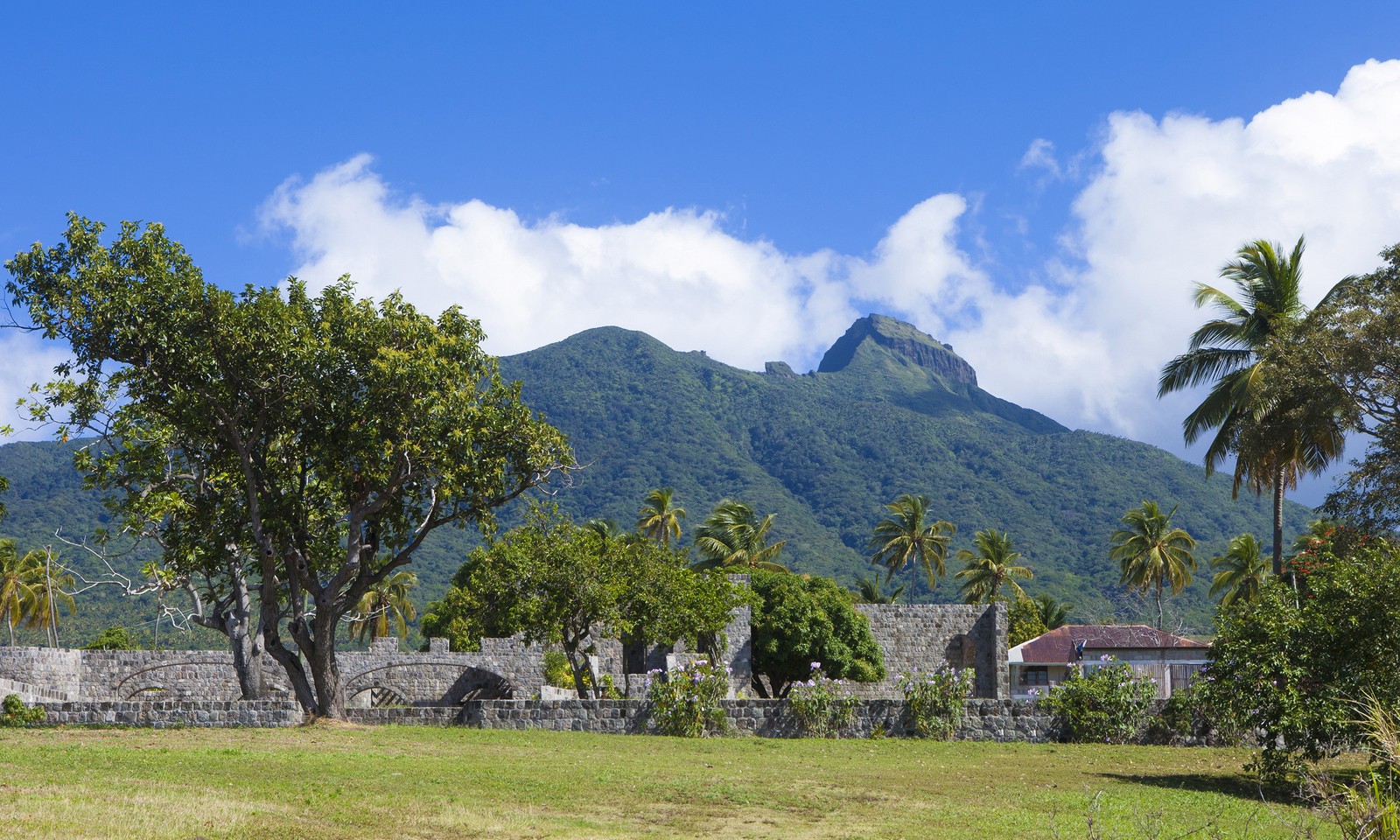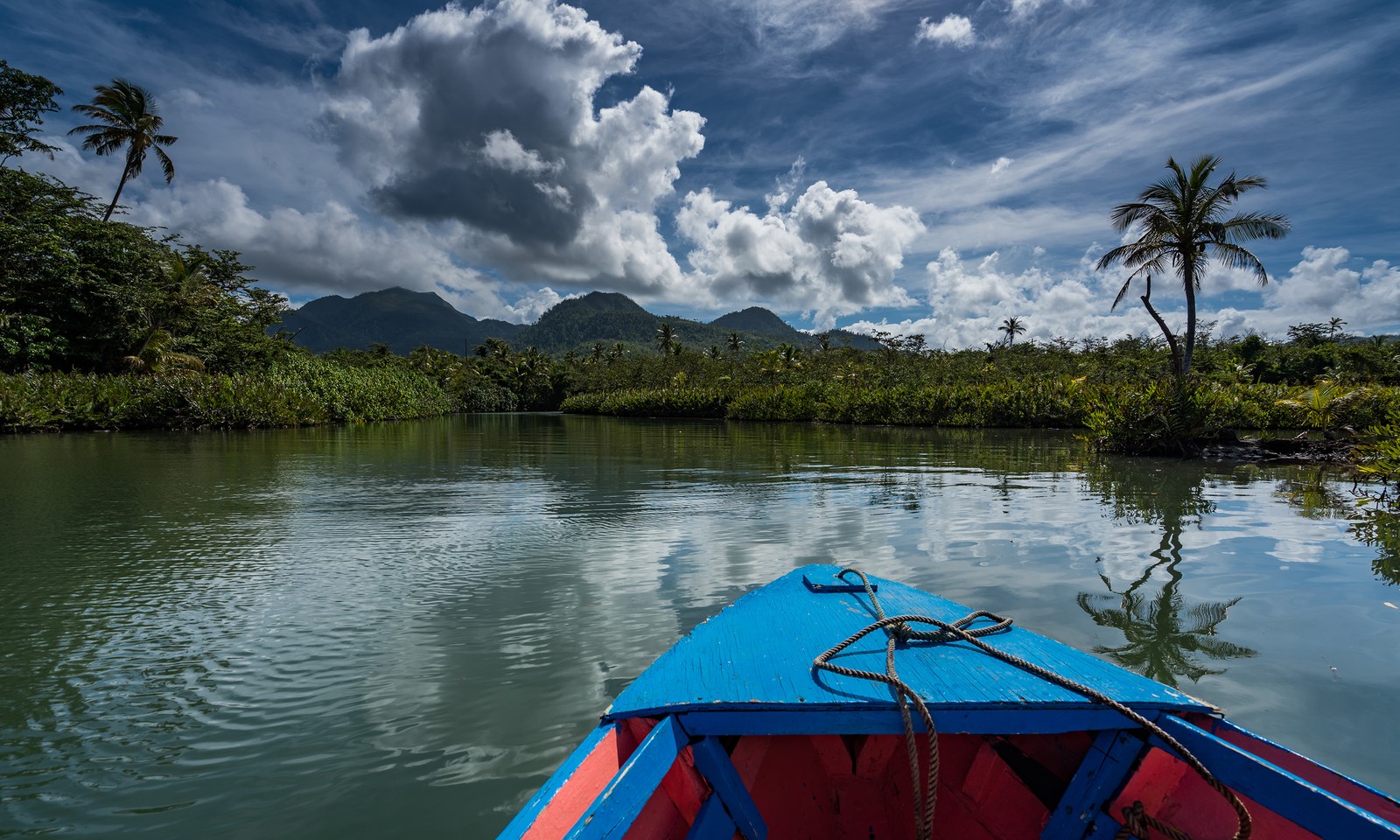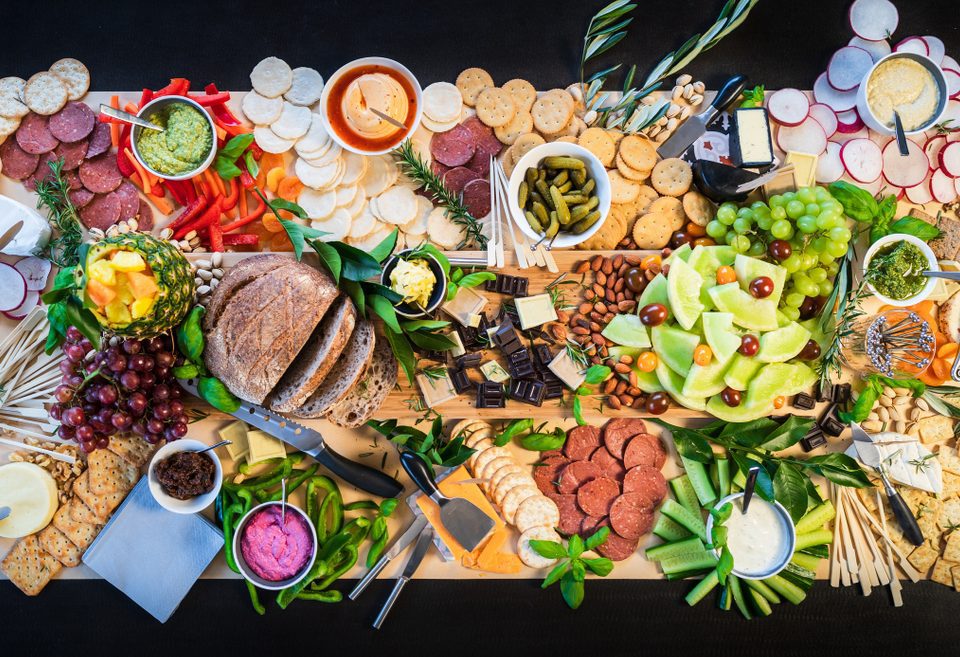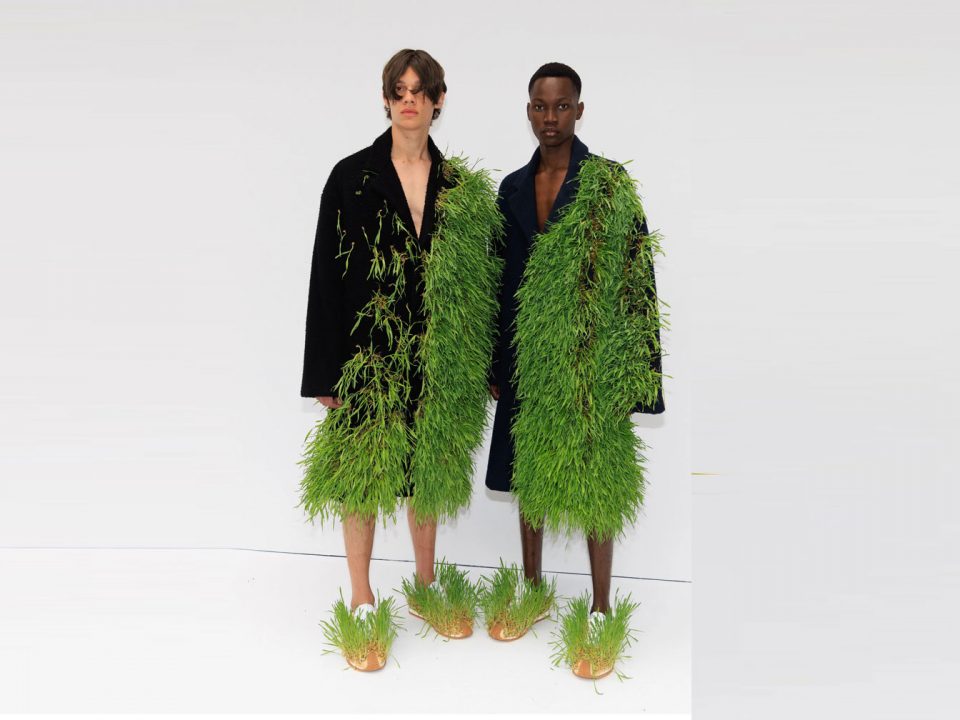12 OF THE BEST CARIBBEAN ISLANDS

RED CARPET MOMENTS: THE GRAMMY AWARDS
March 16, 2021
CELEBRITY HOME TOURS
March 17, 20211. Saint Lucia

Intensely green and dominated by a pair of jagged, volcanic peaks, Saint Lucia is a natural gem adrift the azure waters of the eastern Caribbean. The coast is home to volcanic beaches and reefs. The interior is thick with trees, dotted with waterfalls and criss-crossed with trails. With 77 per cent of the island covered in forest, nature is never far away.
The twin peaks of the Pitons are a protected UNESCO World Heritage Site and Gros Piton, the less lofty of the pair, is the island’s most popular trek. Guides are easily found in the village at the base of the mountain, and the four-hour hike will reward you with some of the most amazing views in the Caribbean.
Elsewhere, the Tet Paul Nature Trail is a more gentle introduction to the island’s charms, while the Edmund Forest Reserve is a great place to spot some of the island’s 186 species of birds, including the rare St Lucia parrot.
2. Saint Kitts

More than a quarter of the tiny Leeward Island of Saint Kitts is a designated national park, and much of that is covered in rainforest.
A strong conservation ethos on the island has seen the amount of rainforest increase, bucking a global trend, and providing a vibrant home for wildlife including green vervet monkeys, rare lizards and elegant hummingbirds. A number of easy trails lead through the park, many stopping at natural springs, ideal for a quick mid-trek dip.
Mount Liamuiga, sitting in the north of the islands, offers more of a challenge. Rising 1,210m, this dormant volcano is one of the few true mountains in the Caribbean. The two-hour trek to the summit will take you through farmland and mango orchards, rainforests and cloud forests, until you emerge to find a crater rim half a mile wide, known as the Devil’s Tooth.
3. Saba

Ringed with near-impregnable cliffs and surrounded by a marine park, Saba is renowned for its excellent hiking and diving.
Divers are treated to extraordinary coral formations, colourful fish, turtles and underwater mountains created by volcanic activity. Hikers can conquer the aptly-named Mount Scenery, a dormant volcano covered in cloud forest. All in a tiny 13sq km package.
The Mount Scenery trail starts in Windward Side town and upon reaching the top, hikers can rightly claim that they’ve climbed the highest mountain in the Netherlands. Saba is a Dutch dependency, you see, and at 887m tall, Mount Scenery towers over the piddling peaks back in the Mother Country.
(Vaalserberg, a tiny 322 metre-high hill near Vaals, in case you’re wondering.)
4. Dominica

Nicknamed ‘Nature Island’, Dominica has long been a favourite with eco-adventurers and travellers of a more independent persuasion. Largely spared the development that has blighted some islands in the region, it is an oasis of rainforests, hot springs, nature and, notoriously, a boiling lake.
It is also home to the Caribbean’s first long distance hiking path, the Waitukubuli National Trail. Beginning in the southern village of Scott’s Head and ending in the north at Cabrits National Park, the 115-mile long trail takes two weeks to complete and passes through the island’s most famous natural attractions, including Morne Trois Pitons National Park and Morne Diablotins.
Thankfully, the trail is divided into 14 sections, offering visitors the chance to experience the island’s natural beauty in bite-sized segments.
5. Nevis

The smaller sibling in the Saint Kitts and Nevis Federation, Nevis is similarly dominated by a volcano. Simply known as Nevis Peak, this benign-looking volcano, draped in green, has entranced all those that set eyes on it, from Christopher Columbus to Diana, Princess of Wales.
Don’t be fooled by it’s seemingly gentle slopes. Conquering Nevis Peak is tricky and challenging, with some sections where you’ll need to haul yourself up using pre-rigged ropes. Decent gear and a guide are highly recommended – the trail is slippery, steep and muddy.
The views from the top, however, are sensational. And when you sip on a rum punch from a bar on Pinney’s Bach later that night, you’ll know you’ve earned it.







